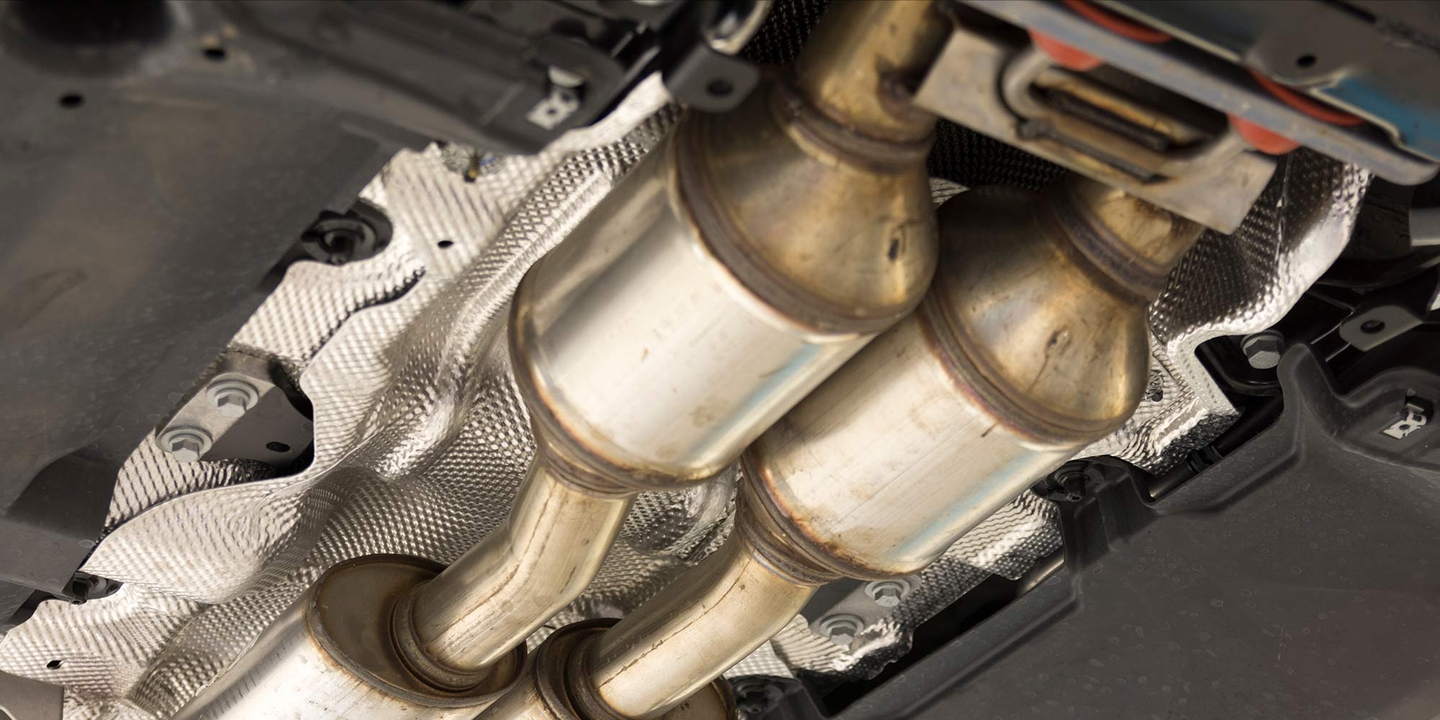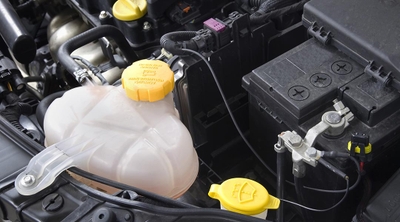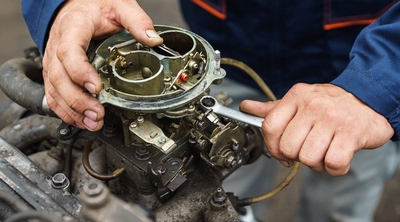What is a catalytic converter?
2 min read
A catalytic converter’s main function is to convert harmful pollutants from internal combustion engines into less harmful substances. As a result, a catalytic converter reduces a car’s harmful emissions by about 90%, which means less harm to the environment and you. A catalytic converter drastically cuts down on harmful chemicals that you’d be inhaling otherwise.
We talked to a couple of car experts about how catalytic converters work, their purpose and why they’ve become a target of thieves in recent years. Craig Campbell is the founder and CEO of Auto Parts Guideline, and Jed Lehman runs Gearshift — both sites share guides and advice on car mechanics and parts.
Do all cars have a catalytic converter?
You’ll find catalytic converters on most modern-day vehicles, but not all of them. Federal law requires catalytic converters for all gasoline-powered vehicles produced after 1974. So, older cars may not have a catalytic converter, but most cars manufactured between 1975 and today will have a catalytic converter as a component of the exhaust system. “Most gasoline cars have catalytic converters to reduce emissions because it’s required by law,” says Lehman.
That said, electric vehicles don’t have catalytic converters. Since they don’t run on gasoline, their engines don’t produce harmful emissions.
Where is the catalytic converter located?
The catalytic converter is located between the engine and the muffler as part of a car’s exhaust system, often under the car’s cabin. Lehman says that the catalytic converter looks a lot like the muffler — both are cylindrical or oblong in shape, depending on their manufacturer — so it’s easy to confuse the two if you’re not well-versed in car mechanics.
How does a catalytic converter work?
The catalytic converter is shaped like a honeycomb and is coated with catalytic materials like platinum, palladium, and rhodium. As exhaust gas passes through the converter, these materials help to convert those pollutants into less harmful substances chemically.
The process splits the molecules of unsafe emissions and converts these byproducts of engine combustion into steam. The purpose of a catalytic converter is to turn dangerous matter like carbon monoxide, nitrogen oxide, and hydrocarbons into less harmful alternatives like carbon dioxide and water vapor.
Why are catalytic converters targets for theft?
Some of the main components of catalytic converters are precious metals like platinum, palladium, and rhodium. Depending on the vehicle, a catalytic converter can be worth about $1,000 or more because of the precious metals they contain. Campbell says they are relatively easy to remove, making catalytic converters an attractive target for thieves.
Luckily, you’ll most likely be covered against catalytic converter theft if you have comprehensive car insurance coverage on your auto insurance policy.




